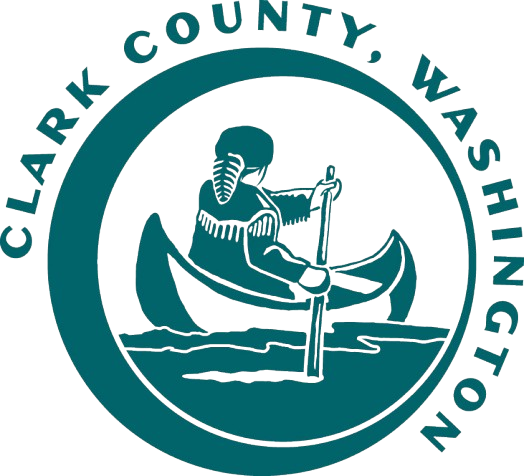HOW ABOUT LIGHT RAIL
Why Light Rail Shouldn't Be Part of the New Columbia River Bridge
As the region considers the design of a new Columbia River bridge, the push to extend Portland’s light rail system into Clark County has resurfaced. While this might sound like progress on paper, it’s anything but practical. Light rail is a costly, inefficient, and culturally incompatible addition to our community—and Clark County voters have already rejected it, twice.
First, the cost per mile to construct light rail is staggering. Adding it to the bridge design means significant taxpayer investment for a mode of transportation that serves a small fraction of the population. These dollars could be far better spent on infrastructure that benefits more people—such as enhanced bus service, road expansions, or safety improvements.
Second, light rail is not integrated into the current urban layout of Clark County. Our neighborhoods and communities were built without light rail in mind. Unlike dense urban cores, most Clark County residents rely on cars and flexible transit options. A fixed rail line doesn’t fit our needs or how we live.
Third, public safety cannot be ignored. Light rail can inadvertently serve as a low-barrier conduit for criminal activity, making it easier for individuals to travel between jurisdictions without oversight. This is not theoretical—it’s based on real experience from regional law enforcement.
Finally, the people have spoken. Twice. Clark County voters have rejected light rail at the ballot box, making their opposition clear. Attempting to repackage the idea now—under the guise of "bridge design"—is a disservice to the democratic process.
Let’s build a bridge that works for Clark County—not one that carries the baggage of a system we’ve already chosen to reject.
